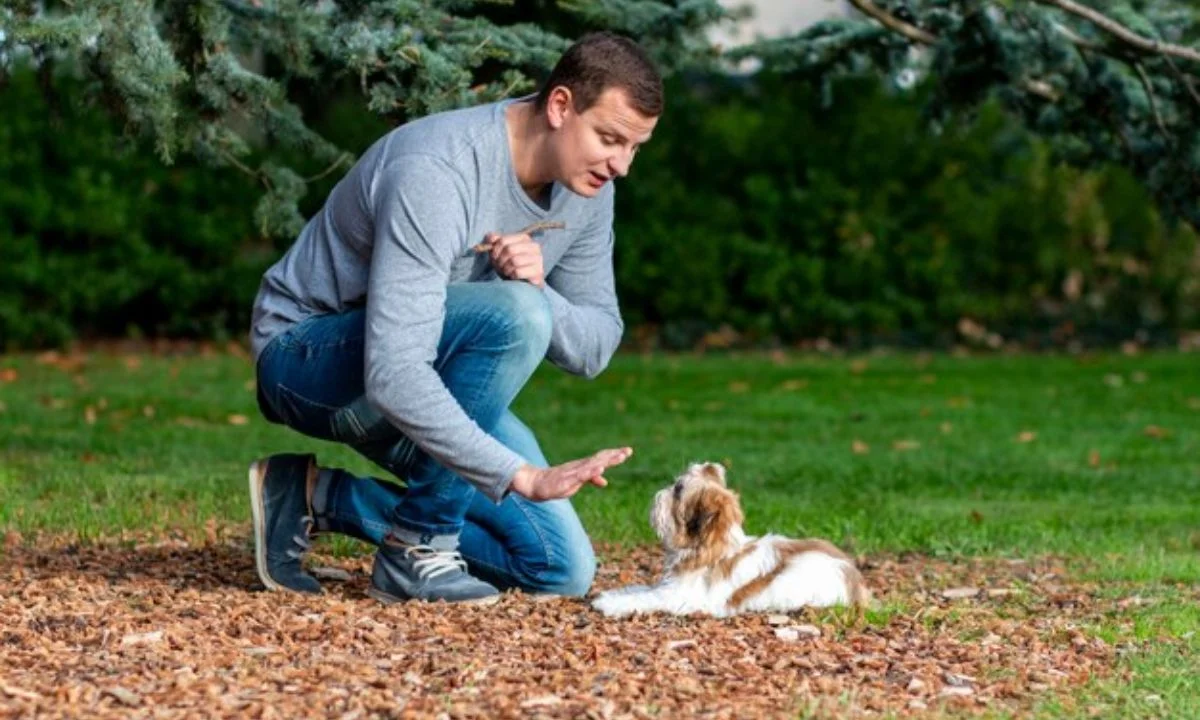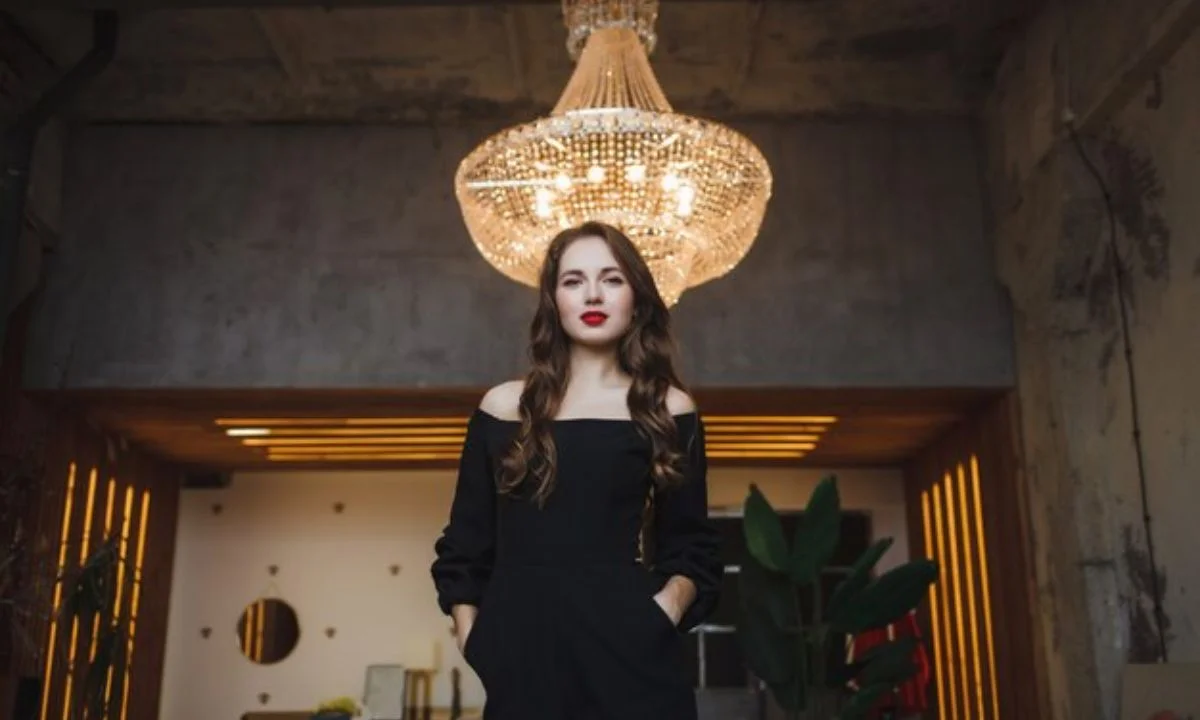Design wall design is an exciting way to bring life to any room, whether it’s your home, office, or even a public space. By focusing on the walls, you can instantly change the mood and functionality of an area. The right wall design can turn a blank wall into a focal point, making the room feel more vibrant, spacious, or cozy, depending on your needs. In this guide, we’ll walk through various wall design ideas that can help you make your space feel personalized and unique.
Why Design Wall Design Matters in Modern Interiors
When it comes to interior design, walls play a crucial role. Often, people overlook them in favor of furniture or flooring. However, walls offer the largest surface area and are essential for setting the tone of a room. The right design wall design can either bring harmony or contrast, giving the space character and energy. From creating accent walls to using different textures, a well-thought-out wall design can transform your space from ordinary to extraordinary.
Must read How Wide is a 65 Inch TV: A Complete Guide to Dimensions and More
In modern interiors, homeowners and designers are shifting toward designs that reflect personal style while also making spaces functional. Whether you want to create a calm and minimalist environment or a bold, artistic one, your walls are a blank canvas waiting to express your vision.
Types of Design Wall Design Ideas to Consider
There are many types of wall design ideas to explore. Each of these ideas can make a huge impact when applied correctly:
Accent Walls
Accent walls are one of the most popular ways to incorporate wall design into a room. By using a contrasting color, wallpaper, or pattern, you can make one wall stand out and become the focal point of the room. This technique works particularly well in living rooms and bedrooms.
Textured Wall
Textured wall designs are another creative option. You can use materials like brick, wood, or stone to add depth and interest to your walls. A textured wall works beautifully in a rustic or industrial-style room, giving it a raw, earthy feel.
Murals and Wall Art
Custom murals or large-scale wall art pieces allow you to add a personal touch to your space. Whether hand-painted or using removable wallpaper, murals can tell a story or evoke emotions that resonate with the room’s purpose.

Paneling and Molding
Wall paneling, such as shiplap or beadboard, is another classic wall design option. Adding molding or wainscoting can enhance the elegance of a room, making it feel more polished and refined.
Geometric Designs
Geometric patterns are becoming increasingly popular in modern wall design. With shapes like triangles, hexagons, and diamonds, you can add a contemporary touch to your space. Geometric designs look particularly stunning in office spaces or modern homes.
Choosing the Right Design Wall Design for Your Space
When deciding on the right design wall design, consider the purpose and atmosphere of the room. For example, in a bedroom, you might want to create a calming atmosphere, so soft tones and smooth textures would work well. In contrast, a living room might benefit from bold patterns and textures that make the space lively and engaging.
Lighting also plays a key role in determining your wall design. Dark walls tend to absorb light, creating a cozy, intimate feel, while light-colored walls reflect more light, making a room feel larger and more open.
Additionally, you should always consider the furniture and existing decor in your space. A busy wall design can clash with heavily decorated furniture, while a minimalist design complements it. Aim for balance to ensure that your wall design enhances the overall look of the room.
How to Incorporate Design Wall Design in Different Rooms
Living Room Wall Design
In the living room, wall design can serve as a stunning backdrop for your seating area. You can opt for a bold accent wall behind your sofa, using either wallpaper or a contrasting paint color. Shelving and floating cabinets also provide functional wall design elements while keeping the space clean and modern.
Bedroom Wall Design
Bedrooms are perfect for softer, more calming wall designs. Consider using muted colors or soft pastels for a relaxing environment. You can add texture with fabric headboards, or create a subtle accent wall using a decorative paint technique like sponging or stenciling.

Kitchen Wall Design
In the kitchen, backsplashes can act as a form of wall design. Tiles with unique patterns or materials like marble and stainless steel can add sophistication to the space. Open shelving or pegboard walls also offer stylish storage solutions while adding to the overall design.
Office Wall Design
In home offices, wall design can influence productivity. Use bright, energizing colors like yellow or green to promote focus and creativity. Geometric shapes or minimalistic wall art can also help maintain a clean, inspiring workspace.
The Role of Color in Design Wall Design
Color plays a pivotal role in any wall design. The right colors can evoke specific emotions and set the tone for the entire room. For example, soft blues and greens tend to create a calming atmosphere, making them perfect for bedrooms or relaxation areas. On the other hand, bold colors like red or orange add energy to a room, making them ideal for living rooms or kitchens.
When choosing a color, consider how it interacts with natural light. Rooms with a lot of sunlight may benefit from cooler tones, while darker rooms might need brighter or warmer colors to feel more welcoming.
How to Maintain and Refresh Your Wall Design
Over time, your walls may require maintenance or a refresh. Dust and dirt can accumulate, especially on textured walls or those with artwork. Cleaning your walls regularly will keep them looking fresh and new. If your wall design includes wallpaper, check for any peeling or damage, and repair it as needed.
Updating your wall design periodically can also keep your space feeling modern. Even small changes, like swapping out wall art or adding a new layer of paint, can make a big difference. When trends change, consider how to integrate them into your existing design without doing a complete overhaul.
Conclusion: Elevate Your Space with the Perfect Design
Design wall design is a powerful tool in transforming any space. Whether you’re adding an accent wall in your living room, creating a mural in your bedroom, or refreshing the look of your office, the possibilities are endless. By carefully choosing the right colors, textures, and patterns, you can elevate your interiors and make your home or office a reflection of your personal style. Keep these tips in mind, and don’t be afraid to get creative with your walls—they are the perfect canvas for your design dreams.
For more design inspiration, check out external resources for more information.

What is the best material for wall design?
The best material depends on your style and the room’s function. Common materials include paint, wallpaper, tiles, wood, and stone.
Can I use multiple design elements on one wall?
Yes! Mixing elements like paint and textures or murals and shelving can create a dynamic and personalized look.
How often should I update my wall design?
There’s no set rule, but every few years is a good time to consider a refresh, especially if you want to stay current with design trends.
What wall design works best in small spaces?
Lighter colors and simple designs can make small spaces feel larger. You can also use mirrors or reflective surfaces to enhance the feeling of space.
How can I make my wall design unique?
Personalize it with custom artwork, unique textures, or patterns that reflect your style and personality. You can also combine different materials for a unique look.















